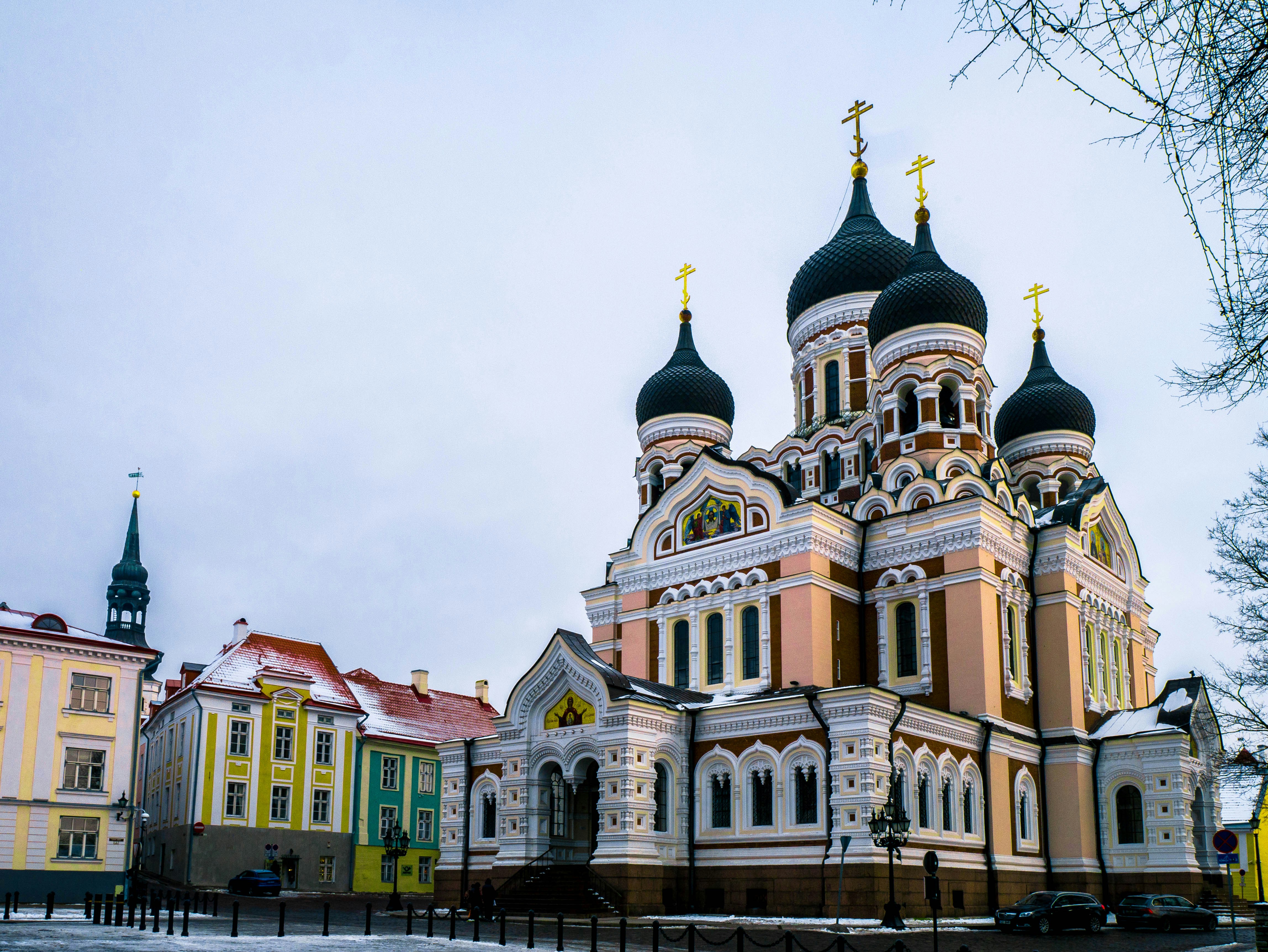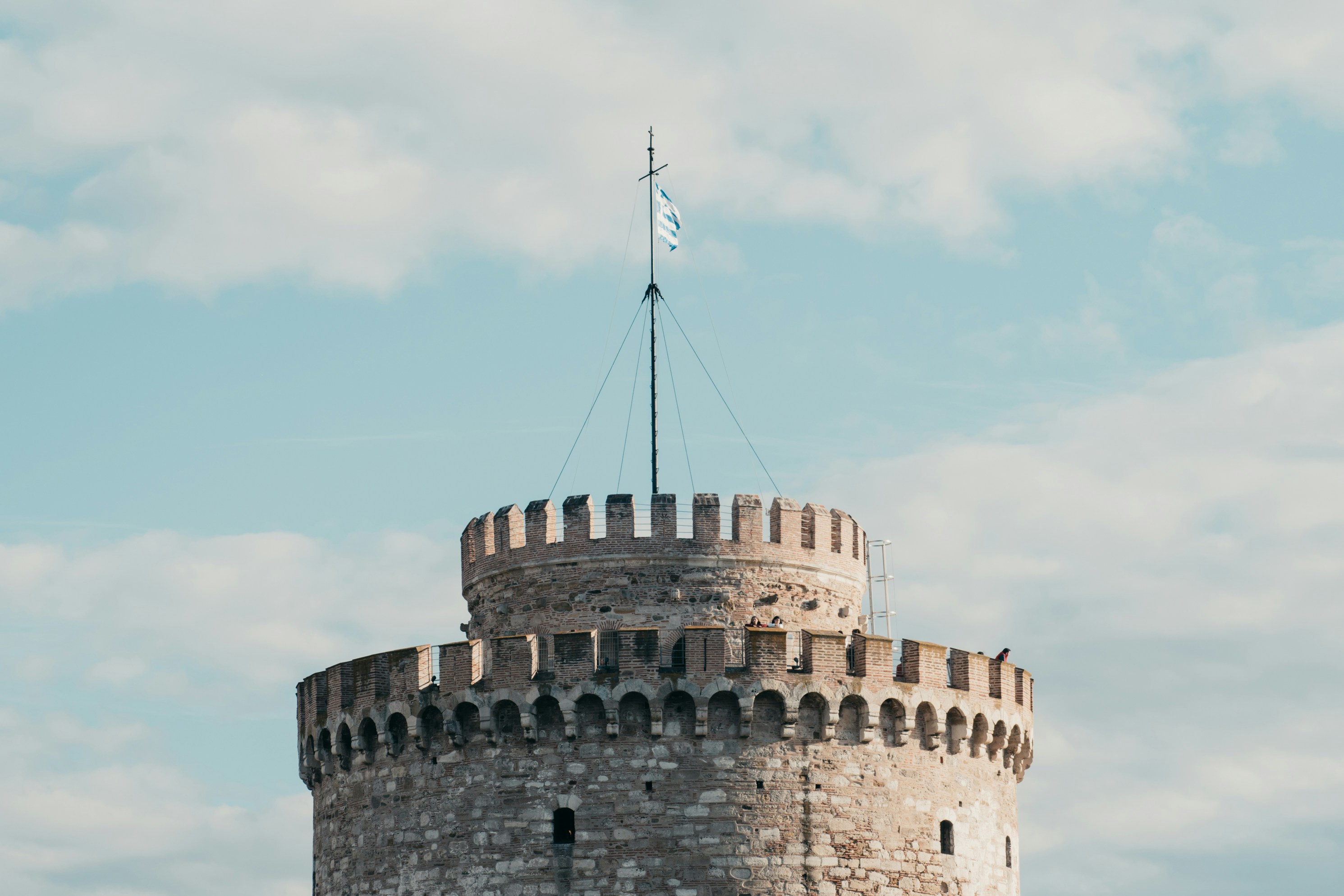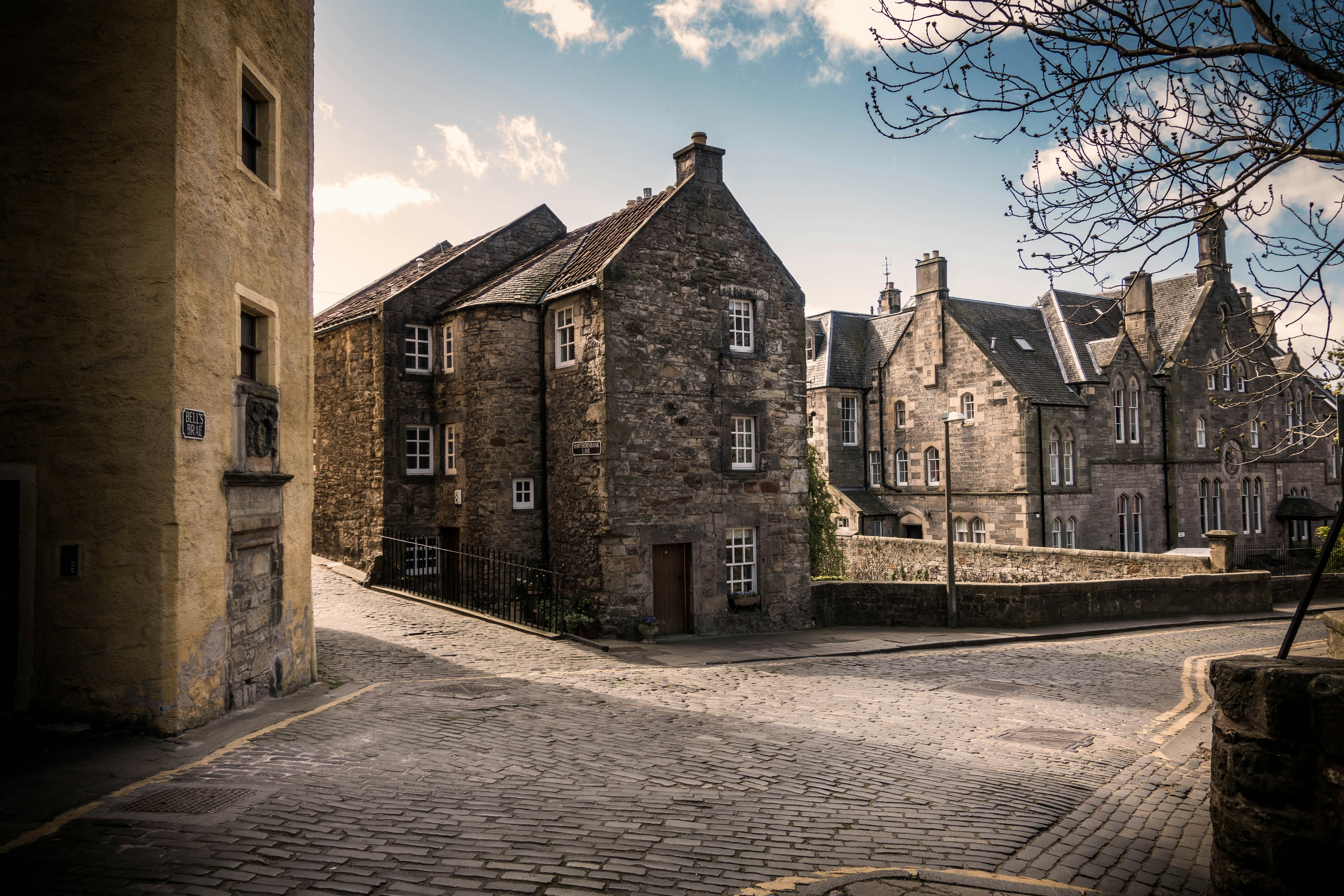Tallinn 2025: Sea, Sauna, and Old Town – A 2–4 Day City Guide

Where spired towers meet the Baltic, Tallinn offers one of Europe’s most compact and rewarding city breaks. In 2025 the Estonian capital balances UNESCO-listed Old Town romance with next‑wave Nordic dining, creative districts in reclaimed factories, and a coastline that folds sea air into everyday city life. This long‑form guide is built for practical planning: where to stay by neighborhood, how to get around smoothly, essential sights and experiences, markets and food, a detailed 2–4 day plan, optional day trips, plus safety, etiquette, money and seasonality. You’ll also find links for cheap flights to Tallinn and compensation for delayed flights to save time and stress when the unexpected happens.
Where to stay: the right base for your style
Vanalinn (Old Town): atmosphere and short walks
Medieval walls, guild halls and cobblestones make Vanalinn the postcard core. Mornings and late evenings are serene; mid‑day brings tour groups. Expect historic boutique hotels in converted merchants’ houses, vaulted cellars turned into spas, and guest rooms under wooden beams. Choose courtyard‑facing rooms to reduce street noise. You’re steps from Town Hall Square, St. Olaf’s Church and the classic viewpoints of Kohtuotsa and Patkuli.
Kalamaja & Telliskivi: creative and local
Northwest of Old Town, wooden houses and former railway buildings form the city’s creative heart. Telliskivi Creative City hosts micro‑roasters, indie boutiques, craft beer bars and studios. Hotels and stylish apartments cost less than Old Town, nightlife runs late but streets are relaxed. The Seaplane Harbour (Lennusadam) and waterfront promenades are nearby. This is perfect for food‑forward travelers who want design, murals and modern Nordic meals.
Rotermann & the Harbourfront: industrial chic by the sea
Between Old Town and the ferry terminals, the Rotermann Quarter mixes contemporary architecture with old brick warehouses. It’s flat and easy to wheel luggage, with higher‑end restaurants and shopping and excellent access to trams and ferries. Choose this zone for business‑friendly hotels, spa pools, and quick transfers to/from cruise quays.
Kadriorg & Pirita: park paths and the Baltic shore
To the east, Kadriorg Palace anchors a sprawling park with museums and quiet, leafy streets. A little farther, Pirita’s beach, marina and coastal path bring sea air to morning jogs and sunset strolls. It’s a calmer stay with easy tram or bus into the center. If a sauna with a sea dip is on your wish list, this side of town makes it simple.
Getting around
Walk first, then tram/bus
Tallinn’s historic core is compact and best on foot. For longer hops, trams and buses are punctual, signed in English and contactless‑friendly. Buy tickets in the app or via smartcard; single rides are inexpensive. Google Maps works well, as do local transport apps. Ride‑hailing covers late evenings and early flights reliably.
Two wheels and the waterfront
Each year adds more cycling lanes, especially along the water. The coastal path from the Seaplane Harbour toward Pirita is a highlight. If you rent a bike or e‑bike, remember that cobblestones and tram tracks require attention—walk short stretches if needed.
Essential sights and experiences
UNESCO Old Town: towers, terraces, tracing time
- Town Hall Square (Raekoja plats): orient yourself among merchant houses and cafés. Return after sunset when the square glows and crowds thin.
- Kohtuotsa & Patkuli viewpoints: roofs, spires and the Baltic on the horizon. Early morning is best for clear photos and open space.
- St. Olaf’s Church: climb for a dramatic city panorama when the tower is open in season.
- Town Wall & Towers: walk sections of the wall to feel the city’s defensive past under your feet.
- Toompea: Tallinn’s upper town, home to the parliament and Alexander Nevsky Cathedral; quiet lanes reward slow wandering.
- Sauna culture: from design‑led urban saunas to wood‑fired traditions, the hot‑cold ritual is Tallinn at its most Baltic.
- Seaside promenades: stitch together the harborfront for salt air, ship watching and sunset color.
- Museums with a twist: the Kumu Art Museum in Kadriorg and the Seaplane Harbour with its vast hangars show Estonia’s range—from fine art to maritime engineering.
- Contemporary Tallinn: Telliskivi’s studios, Rotermann’s architecture, and the Balti Jaama Turg market show the modern city in motion.
- Festive moments: Advent markets dress Old Town in lights; in shoulder seasons, special exhibitions and light festivals bring cozy energy without crowds.
- Backup plan for disruptions: if a storm or airline issue throws off your schedule, look into compensation for delayed flights while you pivot plans.
- Flight deals: start searches early for cheap flights to Tallinn—Tallinn’s fares swing with festivals and weekends.
Food and markets
Modern Nordic meets Baltic tradition
Expect rye bread, dill, mushrooms and forest berries alongside smoked fish, pickles and new‑Nordic plating. Chefs lean seasonal and local; tasting menus are common but there’s also a thriving casual scene of soup kitchens, bakeries and coffee labs.
Where to taste
- Balti Jaama Turg: a multitier market where produce, cheese, pickles and street food meet craft coffee and microbrews. Good for lunch between Telliskivi and Old Town.
- Rotermann: contemporary dining rooms for seafood, Estonian beef and inventive vegetarian menus.
- Old Town cellars: atmospheric venues—aim for local staples and daily specials over tourist set menus.
- Cafés: cardamom buns, cinnamon rolls and sourdough are everywhere; espresso and filter coffee standards are high.
A 2–4 day plan
Day 1: Old Town and Toompea
Arrive and drop bags. Walk the lower town lanes toward Town Hall Square, then spiral up to Toompea for Kohtuotsa and Patkuli viewpoints. Visit Alexander Nevsky Cathedral and the parliament exterior, then descend to St. Catherine’s Passage for crafts. Late afternoon, climb St. Olaf’s tower (in season). Dinner in a vaulted cellar; aim for a short after‑dark loop when the cobbles empty.
Day 2: Sea, museums and Telliskivi
Start at the Seaplane Harbour—its aircraft‑hangar architecture and submarine displays are crowd‑pleasers. Walk the waterfront for photos. Tram to Telliskivi for Balti Jaama Turg lunch and studio browsing. Coffee and murals in the late afternoon; then dinner at a modern Nordic kitchen. If you enjoy nightlife, sample craft beer bars and cocktail dens in converted workshops.
Day 3: Kadriorg, Kumu and sauna
Tram to Kadriorg for the palace, park and Kumu Art Museum—one of the Baltics’ best. Add the Japanese Garden and back‑street cafés. Late afternoon, book a sauna session; in winter, pair it with a cold‑plunge or sea dip at a supervised spot. Dinner near Rotermann or back in Old Town.
Day 4 (optional): Baltic coast or manor houses
If you have time, add a coastal cycle toward Pirita, or take a day trip (see below). Otherwise, use this day to linger where you rushed: a second museum, a market revisit, or an extended coastal walk.
Optional day trips
Lahemaa National Park
Boardwalks over bogs, manor houses like Palmse and Sagadi, and rugged coastline. Rent a car for freedom or use seasonal tours. Pack layers—weather flips quickly near the sea.
Helsinki by ferry
Frequent ferries make a two‑country weekend realistic. The crossing is 2–3 hours; go early and return late for a full Helsinki day.
Prangli Island (summer)
A small inhabited island with a shoreline of boulders and pine—quiet, simple, and a world away from the city.
Safety, etiquette, money, seasonality
Safety
Tallinn is broadly safe. In high season, watch for petty theft in crowded Old Town corridors. Winter sidewalks can be icy—pack traction soles. Use licensed taxis or ride‑hailing late at night, especially outside the core.
Etiquette
Sauna culture rewards quiet respect and cleanliness. Follow house rules on swimwear versus towel‑only. In cafés, queue politely; in markets, weigh produce as indicated.
Money
Euro is standard; cards are accepted almost everywhere. Contactless rides on public transport are straightforward. Carry small cash for markets just in case.
When to go
- May–September: long evenings, outdoor dining, festivals.
- October–November: quieter, crisp, museum‑rich—book saunas and indoor tables.
- December: Advent markets and fairy‑tale lights; cold but atmospheric.
- January–March: the most local season—winter walks, gallery time, and serious sauna.
- April: shoulder season reset—watch for changeable weather.
- Heat and storms: sea breezes temper heat, but wind can disrupt ferries and flights—keep flexible timings.
- Bookings: for 2025+ popular weekends, reserve dinners and museum slots 1–2 weeks ahead; sauna slots earlier in winter.
Booking and timing for 2025+
Travel demand remains strong into 2025. Book core pieces early: lodging in Old Town or Rotermann, sauna sessions, and top tables on Friday/Saturday. For airfare, set alerts and search mid‑week—prices for cheap flights to Tallinn often drop outside holiday peaks. If you face cancellations or multi‑hour delays, review rights and explore compensation for delayed flights immediately while alternative seats are still available.
The bottom line
Tallinn is not a museum under glass. It’s medieval romance with modern rhythm: sea air and wooden saunas, brick and glass, street art and spires. With smart pacing and the right base, 2–4 days yield a city that feels both intimate and surprising—easy to navigate, rich in texture, and ready for 2025.


